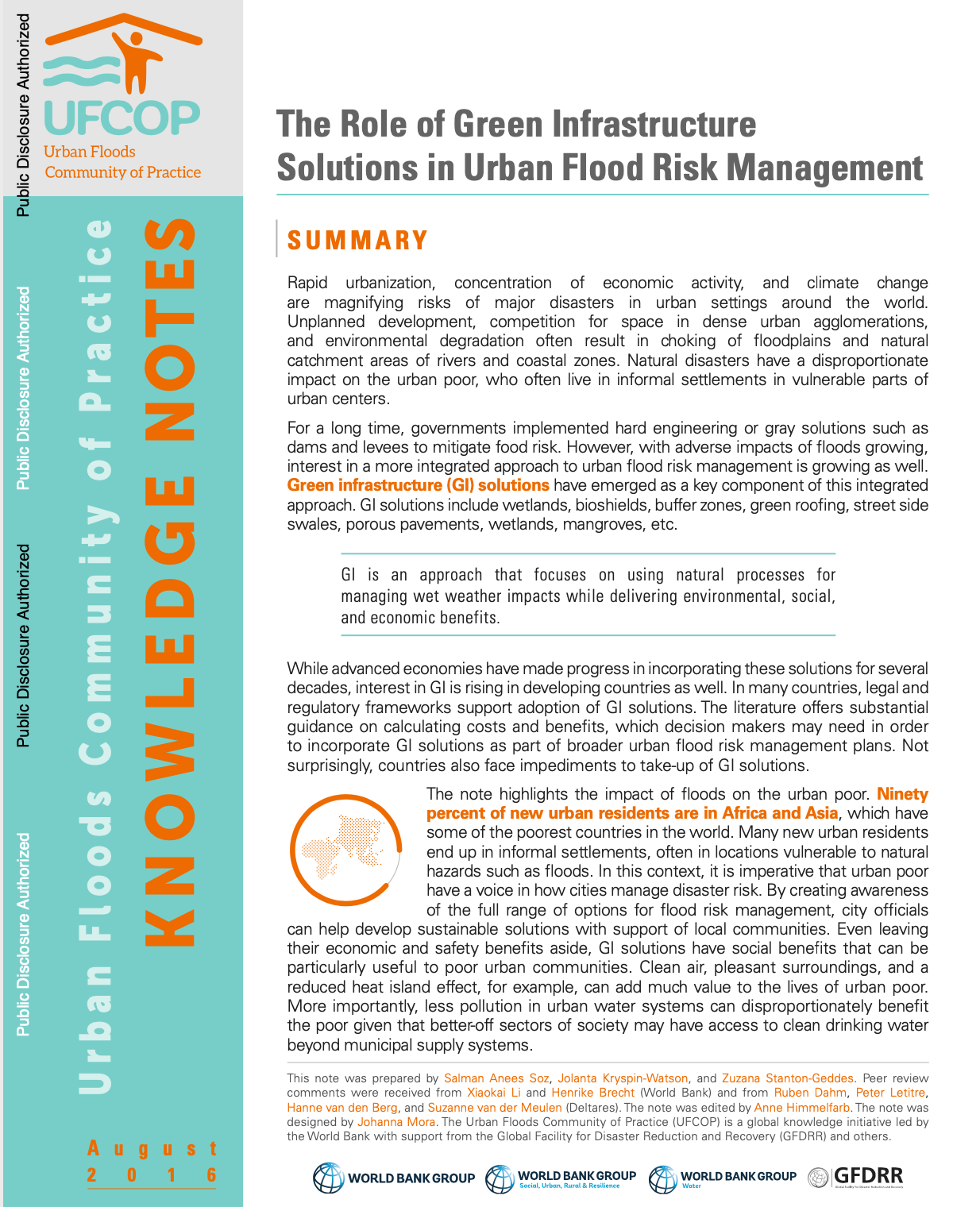© 2020-2022 The Global Program for Nature-Based Solutions for Climate Resilience. All Rights Reserved.
The Role of Green Infrastructure Solutions in Urban Flood Risk Management
This note highlights the impact of floods on the urban poor. 90% of new urban residents are in Africa and Asia, which have some of the poorest countries in the world. Many new urban residents end up in informal settlements, often in locations vulnerable to natural hazards such as floods. In this context, it is imperative that urban poor have a voice in how cities manage disaster risk. The key recommendations provided by the authors for overcoming impediments to Green Infrastructure (GI) implementation, are the following: (a) Promoting use of GI solutions in a city, consideration must be given to the full range of factors affecting implementation, (b) Practitioners should be prepared to provide full cost-benefit analysis for proposed solutions, (c) From details of the hydrology of a particular area to calculations of groundwater infiltration or runoff, technical specifications of GI solutions projects can be developed, (d) It is important, as some of the case studies suggest, to involve local communities and the private sector in implementing GI solutions. (e) Site location, which is strongly related to technical design, is a key consideration for purposes of selectivity.



